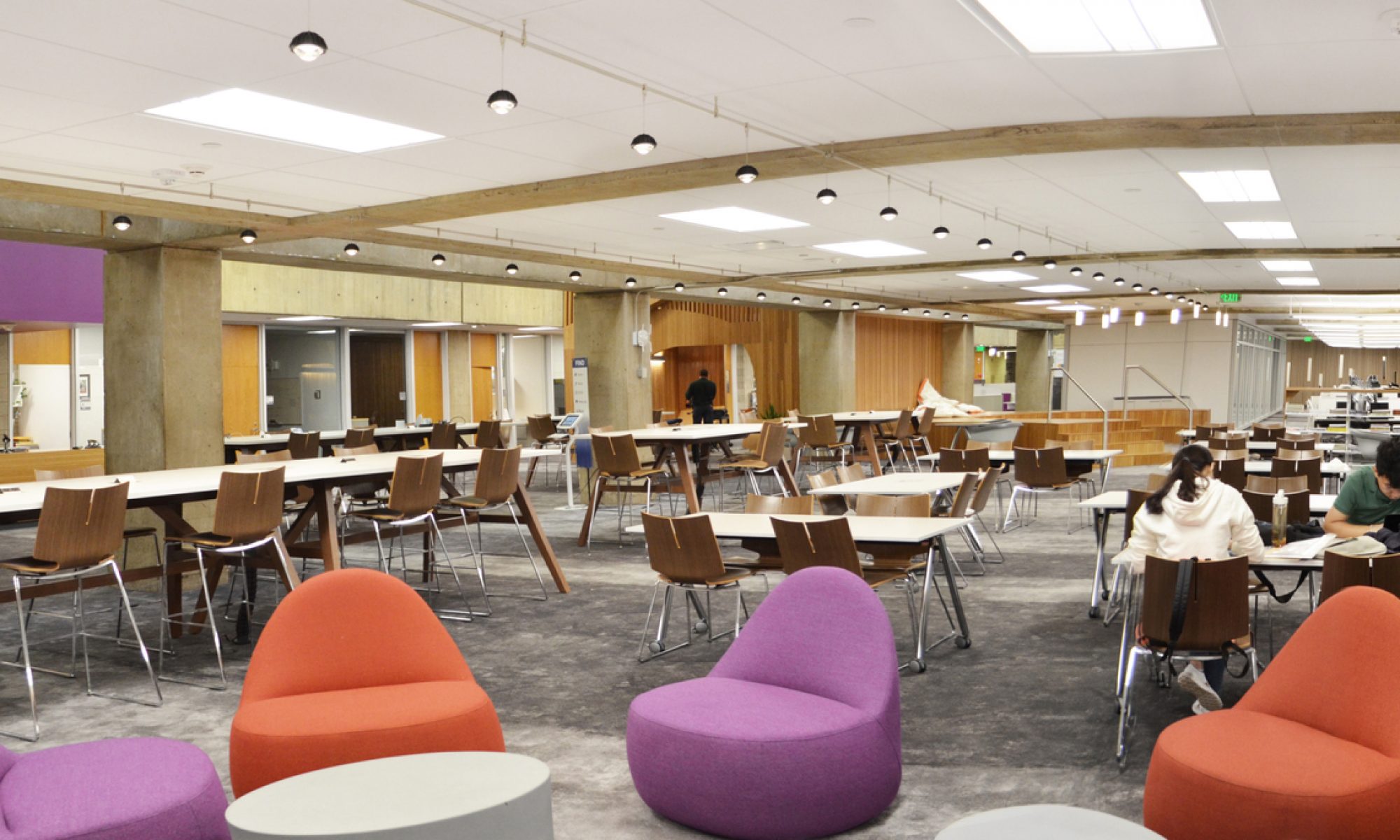This week, we were able to reflect together on some of the ethical problems that came with our project. These include:
-Someone viewing FreeSeats to steal things when people aren’t there.
-Finding a single person in the library alone as a target for theft or violence.
-Exclusionary to people in wheelchairs.
We thought of solutions to remedy these issues, such as displaying only range of available chairs instead of specific values. Also, we can extend our project to account for those with disabilities with weight sensors if time permits. We will continue to keep these ethical problems in our minds as we implement our project.
What are the most significant risks that could jeopardize the success of the project? How are these risks being managed? What contingency plans are ready?
Progress with the team has been excellent. This week, we focused on the initial implementations of our project. We have been communicating extremely well and feel confident as a team moving forward.
Some risks we face moving forward is the workload of our other courses. As the semester picks up, we all have more auxiliary work to complete. However, we are all on the same page about keeping our Capstone project a high priority. This way, we stay on top of the schedule and make good, incremental progress.
Another is the risk of delayed shipping of our parts. We are gradually receiving the hardware parts we ordered as expected. This includes batteries and Raspberry Pi. However, some of the parts may be delayed this week. We have accounted for this risk by incorporating “slack” time in our schedule so that there is buffer time available. Right now, we feel confident we have enough work to do before the incoming parts arriving which is excellent.
The biggest risk is our hardware capacitance sensor not working. The professor raised this concern to us. Though we feel confident that it will work based on our research , we have accounted for this risk by having a backup plan with the weight sensors. This “backup” plan time is allocated within the slack time for this portion of the implementation.
Were any changes made to the existing design of the system (requirements, block diagram, system spec, etc)? Why was this change necessary, what costs does the change incur, and how will these costs be mitigated going forward?
No design changes were necessary this week. The amount of prior time spent designing is beneficial, as now, as a result, the implementation part is smoother.
